The world of architecture is vast and serves all types of businesses. These businesses, in turn, serve the people: their buildings, their houses- their projects. What architecture doesn’t do is bridge the gap between architects and their clients. Most people do not have an extensive understanding of architecture or its tools — Autocad, Revit… This means people have to blindly trust their architect to understand their vision, entrust them with it, and hope their project will come out how they envisioned it, not how the architect interpreted it.
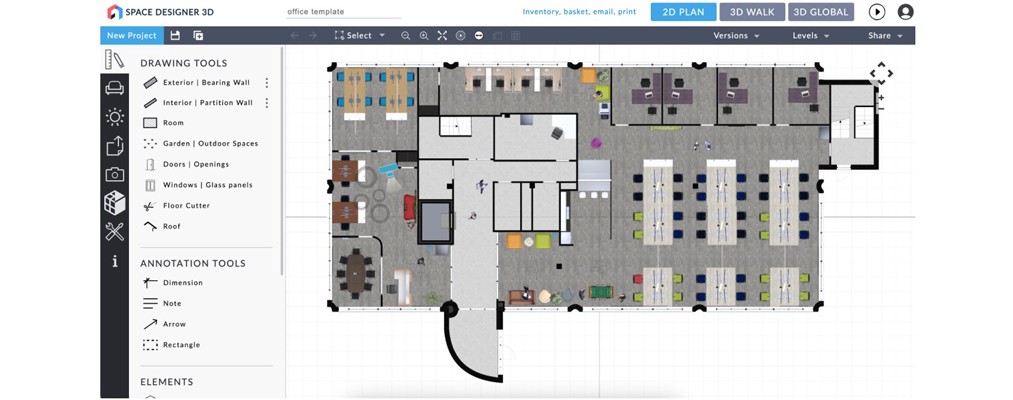
SourceForge recently caught up with Baris Saricoglu and Isabelle Tristrant, co-founders of Space Designer 3D, to talk about today’s issues with architectural software and discuss the business benefits of integrating Space Designer 3D. They also offer some advice to help businesses thrive despite the current sanitary crisis.
Thank you for talking with us today. To start, can you please share with us a brief overview of your company? How did Space Designer 3D come to be, and what are your aspirations?
Space Designer 3D was founded in 2009, with the aim to improve the State of the Art of Architecture at the global level, with a simple yet powerful online design and communication tool. Space Designer 3D simplifies design and enables the clear and qualitative presentation of spaces, furniture, and materials, thereby contributing to customers’ sales efforts.
More than just a software, Space Designer’s primary goal is to differentiate itself from its competitors by developing bioclimatic architecture: heat retention, passive and low energy architecture, natural lighting, embodied energy of building materials, etc. We’re very committed to helping builders and individuals in making the best use of their land when they decide to build housing or buildings.
What industries do you serve and who are your current customers?
Our software serves various purposes and therefore can be applied to different business models. We are very versatile and polyvalent, we can adapt to countless needs: Global construction, real estate, e-commerce retailers, interior design, event management, and more! We’ve recently started working with a company to create an online escape game, so everything is possible, really. If you come to us with a new concept, we’re always interested in seeing if your vision can align with ours.
How does it work? What makes it important for modern enterprises?
Covid-19 has driven the shift toward e-commerce as consumers strive to avoid spending time in public. One of the best approaches that have helped companies maintain their edge during this pandemic, is adopting product visualization. This challenge has been our opportunity. Visualization, in the digital age, is growing- and shows no sign of stopping.
Clear graphical representations of your items lead to better business. You are problem-solving for your customers, answering a challenge they will encounter before buying your product. In helping them out, you are building a relationship based on trust (i.e. caring for them) and they’ll thank you by purchasing from your brand.
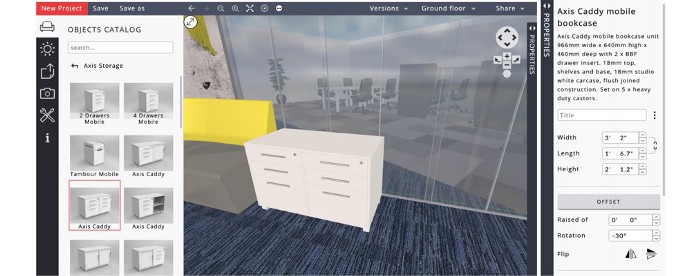
Tell us more about Space Designer 3D. What are its key features and capabilities? How does it compare to other 3D floor planners available in the market?
Space Designer 3D really can be seen as an ecosystem, containing several applications in one. One of its goals is to attract customers on our client’s website and entice them to stay longer, to interact with the product thanks to the 3D application. To achieve this interaction, we integrate the application on our client’s website under a white label, allowing their prospects to see in 2D and 3D. Prospects have to sign up to access their project, in which the product is displayed.
This interactive journey can be adapted depending on our client’s business model, but the goal is clear: involve prospects directly. They become active in the process, not passive. Through Space Designer, our client offers them another way to shop from their home, where they can “manipulate” the product in 3D, if you will. This product can be a house plan, furniture items, a service such as interior design… it can be both tangible and intangible.
Space Designer 3D also allows our clients to link our software to an inventory, which can be transferred to their e-commerce solution. This inventory is completely customizable from their back office: they can tag anything that they would like to be priced and therefore appear on the inventory page. This means our clients can let their prospects get a comprehensive quote for the items they sell.
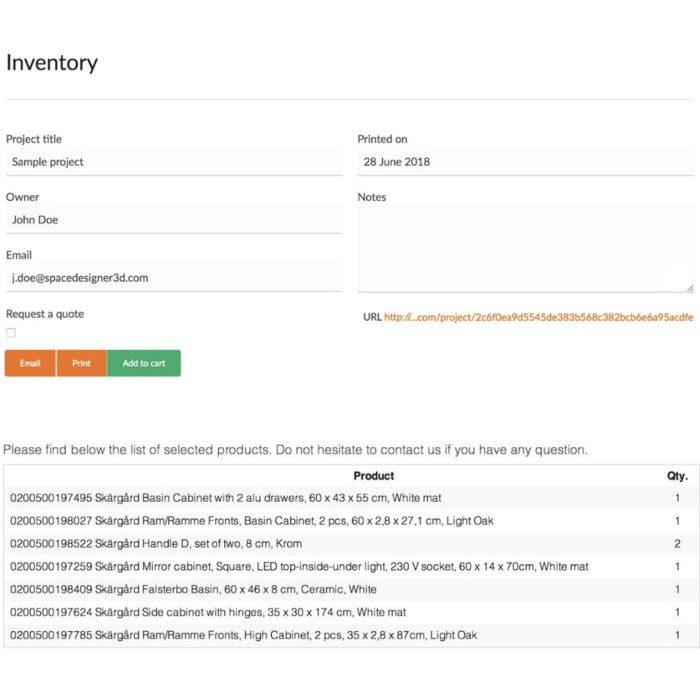
In terms of comparison, I think the best way to put it is that we function more like a framework than any of our competitors. Got a crazy idea involving 3D? Chances are, we will work with you to make it happen. We follow a precise roadmap, but it doesn’t stop us from exploring new ways we can put Space Designer to good use.
Can you provide us with sample use cases for Space Designer 3D?
We would probably be here all day, but we can give you a few various ones. We work with Carréneuf Construction. It is a real estate group that invests in innovation and customer satisfaction. To do so, Carréneuf accompanies their clients in the construction process of their home from beginning to end with different tools, and mostly uses Space Designer to close their sales.
One of our clients, 3D Event Designer, is a Californian event-planning company that helps businesses and individuals design and shares their events online in 3D. Their goal is to transform the way events are planned, and accelerate the real estate leasing process through innovative 3D technology. And it’s just to cite a few. We work with kitchen retailers, medical laboratories, office space leasers, office retailers, marketing specialists… it’s not a one-size-fits-all solution. We listen to each of our clients, and help them in integrating Space Designer in their sales process.
Looking into the future, what are some market trends or technologies you see on the rise in the floorplanning industry and how is Space Designer 3D meeting these?
Performance is one way. Look at how consumers make their choices nowadays — through the Internet. We improve efficiency and production value, leading to better value. We streamline everything by offering a single interface to customers as well as their business partners and product suppliers, from simple navigation to design to purchase. We can load massive projects (100K square feet, with 6000+ 3D assets) in less than a minute. We have high precision drawing capabilities, in a simple interface, to speed up design time.
We’ve made huge progress concerning complex items. In Space Designer, a 3D model doesn’t have to be static: it can be parametric. We have simplified advanced parameterization and complex pricing of modular products.
We have the most diverse customer portfolio, which makes us a business framework with a huge market, rather than a single task product. We have the framework for business innovation. Our iterative approach to business strategy fosters collaborative thinking to advance the overall value proposition.
Personalization is another way. To give a concrete example, our services include a partner and provider system, an easy e-commerce or API connection. We offer an advanced rebranding experience to blend our identity to our client’s. Consumers never know they’re going into Space Designer 3D. For them, it’s just an extra service that our client offers them.
It shows they care. We’re flexible and easy to extend, we can cover business needs that the competition would need years for, such as high definition event spaces. Our client, 3D Event Designer, essentially forged a new concept through the use of Space Designer 3D. They felt that the event planning industry was pretty archaic, working only with sketches and 2D floor plans. They wanted their customers to have 3D, and we helped make that happen.
How easy is it for a complete beginner to create his own flat or house in SD?
Very simple. You want to keep in mind to draw from the outside (wall, windows, doors) to the inside (materials, furniture, etc.), and the software guides you: the first panel is the construction part, the second is the furniture, and so on. With a little practice, you should be able to draw a simple floor plan like the one below in just an hour. The software was created to be very instinctive, but if you’re running into some difficulties, just follow our comprehensive guide.
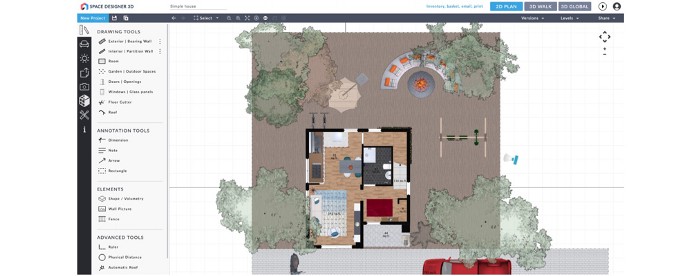
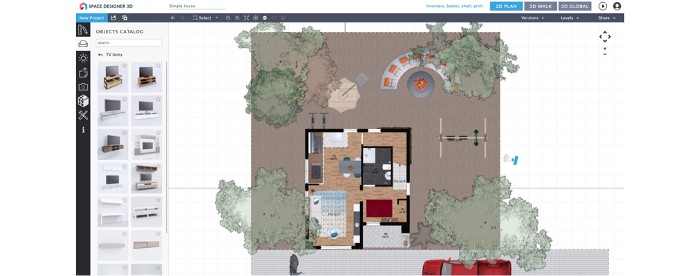
What kind of rendering and exporting options do you have?
We have been talking about this for a long time, and we’re happy to say that we finally have our photorealistic rendering engine here, and it’s impressive. Using iRay, one of the most advanced path-tracers on the market that runs on Amazon GPUs, we can convert your scenes to 4K photos in minutes. It’s our biggest accomplishment of 2020, and we couldn’t be happier.
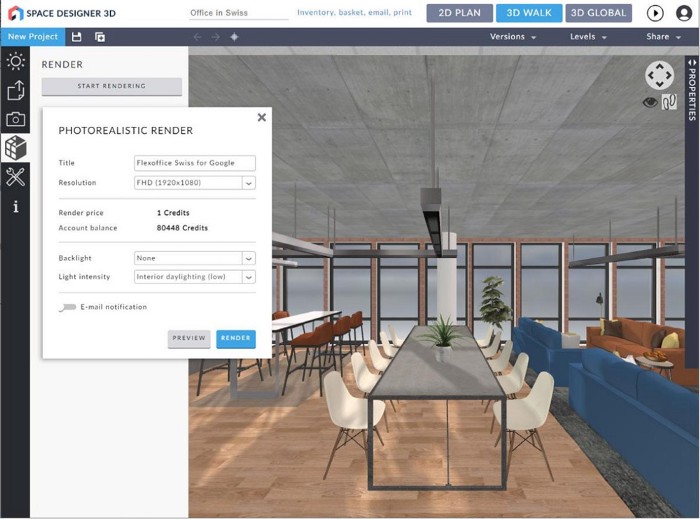
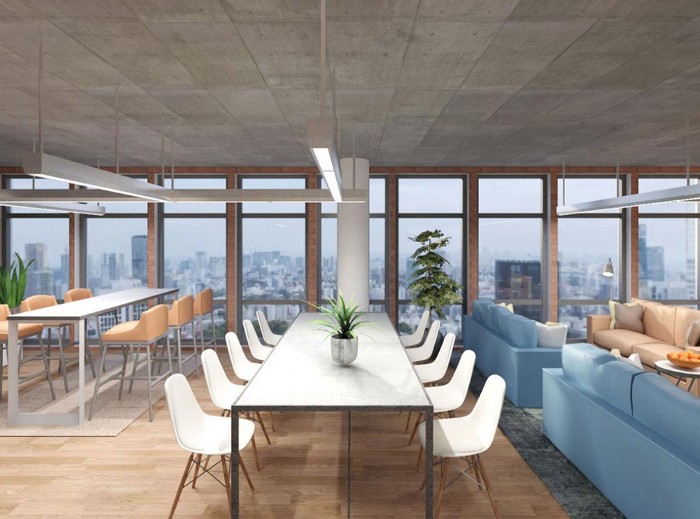
In terms of exportation, it all depends on the type, but we can easily export for Autocad, Sketchup, in PDF… and with more work, we can also export in Revit and SVG.
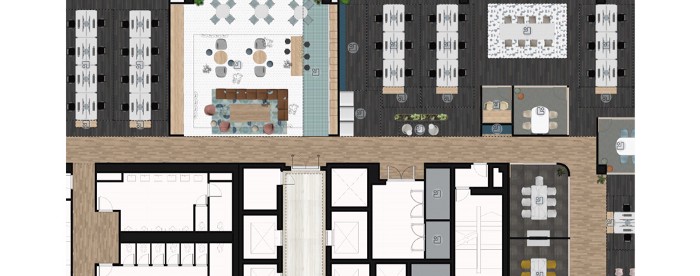
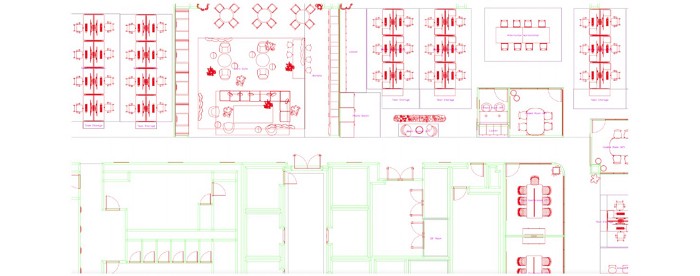
About Space Designer 3D
Created in May 2009, Asynth is a technology company based in Europe, specializing in architectural design and visualization. The main product of Asynth, Space Designer 3D, is an ecosystem of applications focused on raising public awareness of architectural concepts. More than a simple interior design software, Space Designer 3D provides a solution to help design and draw homes and buildings efficiently, using intuitive and experimental tools such as those in the field of architecture and construction. With over two million users worldwide, Space Designer 3D helps individuals and professionals in gaining better insight on their upcoming work by providing an easy-to-use application that lets users draw floor plans, furnish them, and visualize their projects in 3D.
